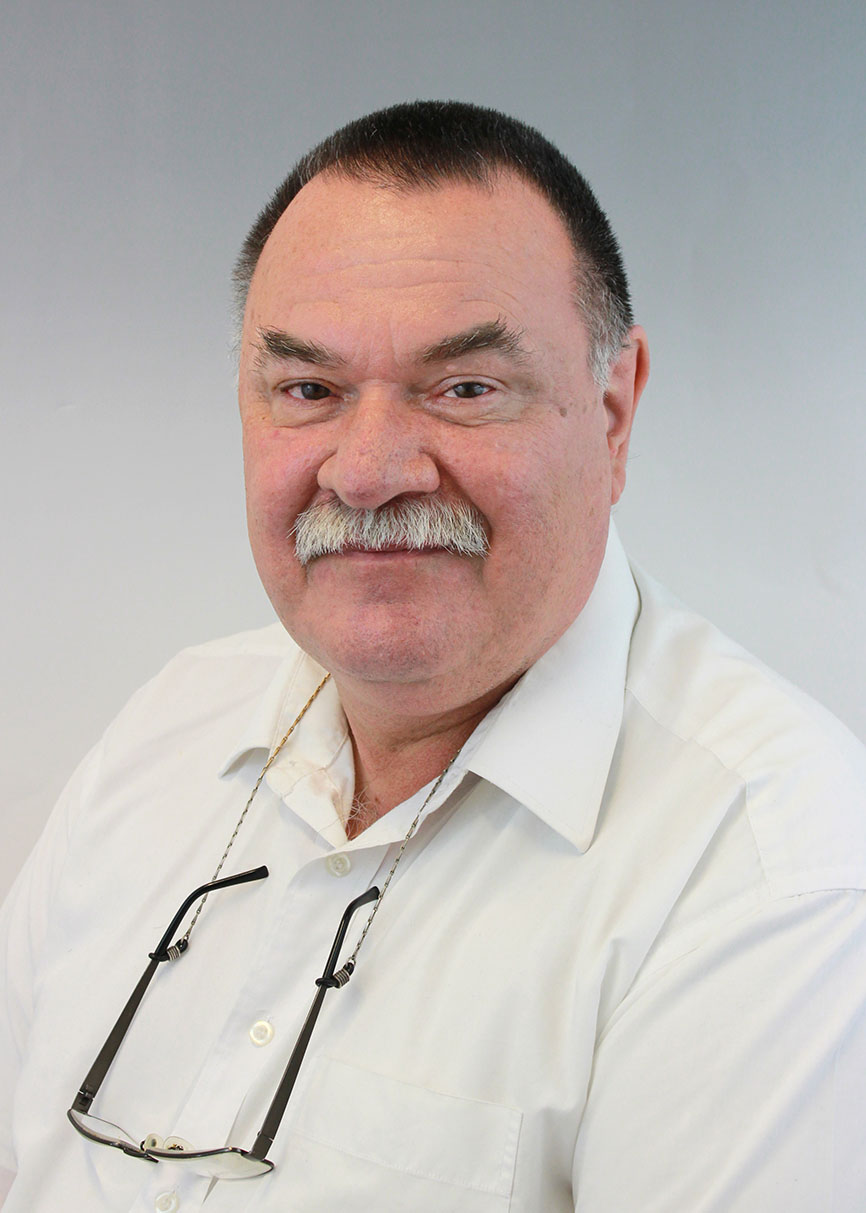| Languages | English | German | Swahili | French |
| Responsibility | content | Dipl.biol.univ. Stephan Rollfinke | translation | Dipl.biol.univ. Stephan Rollfinke |
The Beginning
The beginning of everything
In the beginning there was nothing. But everything was filled with radiant, pure energy. In this everlasting energy a tiny bubble of space-time was created. It too was filled with energy. This space-time bubble expanded faster than light. The rapid expansion of the space-time bubble created a negative pressure. To compensate for this, more and more energy shot into the bubble. At the same time, the expansion caused the inside of the space-time bubble to cool down slowly, very very slowly. With the space-time bubble a field had formed that filled the bubble, the Higgs field. Tiny areas of energy in the space-time bubble felt stronger than others and matter was formed from energy. The resulting Higgs field interacted with matter particles and spacetime and slowed down these particles. Then a symmetry break occurred.
What is this?
When water freezes to ice, there is also a symmetry break. From the confusion of the moving water molecules, when they are cooled, a lattice structure is formed that we know as ice or snow. But the transition from free water molecules to ice crystals is like the decision of the donkey with the carrot.
What is this donkey doing now?
Imagine there is a donkey with two carrots in front of it, exactly the same distance apart. The donkey receives the promise that he may eat one of the carrots, but only if he chooses the shortest way. What do you think happens?
Imagine you are the donkey. Which carrot will you take? The right one or the left one? What is the shortest way? Do you really think you would immediately snap shut in any direction? Or would you first try to figure out what the shortest way really is?
In any case, the donkey starts thinking. And this thinking takes time. And it takes a while before he decides. And this time can be quite a long time.
It's the same with water molecules. They need time to assign their symmetry. And symmetry has to do with arrangement in space and time.
How long can something like this take?
We know that water freezes at 0 °C. But this is not always the case. If we leave water completely alone and cool it down more and more, it starts to "think". Of course water cannot think. But it needs time to make a decision. During this time it cools down more and more. Little by little the water molecules are in a wrong balance. Actually they should have arranged themselves into crystal structures, but due to the decision problem they are still unstructured. In this way, water can cool down to well below -10 °C before suddenly forming a crystal. Now we have our symmetry break. And the same thing happens with material particles, which precipitate out of pure energy and are forced by the Higgs field to interact with the space-time bubble.
Thus the inflation-like expansion of the space-time bubble comes to an end and no more energy flows in.
Now you will say, how is that supposed to be? There is now a spacetime bubble filled with energy and the first particles that will interact with the bubble and form matter. Can something really come out of nothing?
I have to agree with you. The energy must be preserved. Something cannot be created from nothing.
So how is it possible that energy and particles remain in the space-time bubble?
Imagine that everything that was created in the bubble was all the people on Earth. Unfortunately, not only particles but also their antiparticles were created. When a particle meets an antiparticle, they dissolve into pure energy. This was the energy that flowed into the spacetime bubble as it expanded. So particles and antiparticles destroy each other. So all these particles and antiparticles are all people on earth. Now particles and antiparticles meet and the great destruction begins. In the end, a single human being remains. This one person represents what was left in the space-time bubble and in the consequence all galaxies and stars, planets and moons that fill the universe today.

